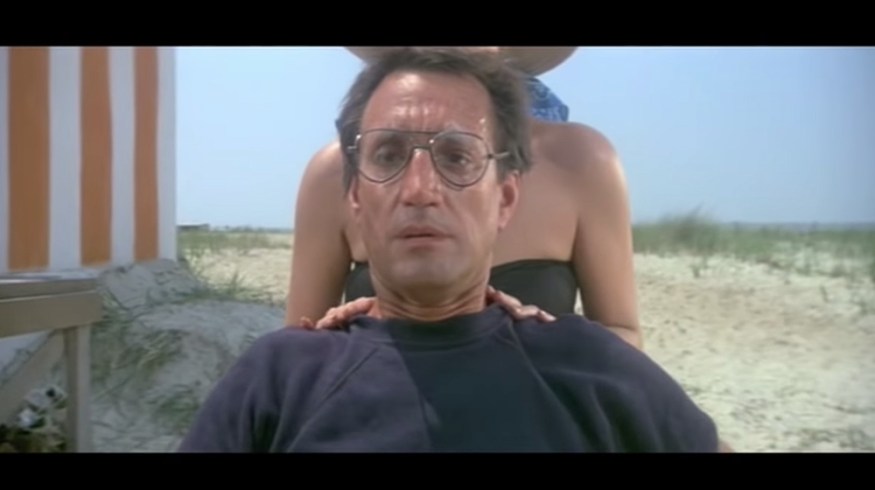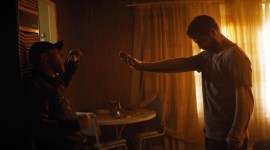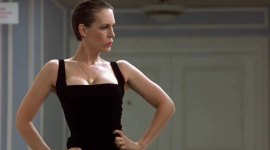
Cinematography Tip: Working with Unmotivated Camera Movement
Usually filmmakers want their camera movements motivated, but when can you improve your story with un-motivated camera movement?
More often than not, you want to use motivated camera movement. The DP lets the action on-screen motivate the camera’s movement, following important characters or objects through the scene. But sometimes unmotivated camera movement can convey subtext and meaning that may be otherwise difficult to communicate.
Unmotivated camera movement means the camera seemingly moves of its own accord — for instance, when the camera dollies in on static characters or pans away from the action. Sometimes a facial expression isn’t enough to fully convey the gravity of a situation, and a line of dialogue trying to convey an emotion could be too expository.
An obvious example of unmotivated camera movement is the dolly zoom. The dolly zoom, also known as the Hitchcock Shot, can convey several themes: dread, impending danger, isolation, paranoia, etc.
In this scene from Jaws, Chief Brody realizes that a shark is attacking a child. Suddenly, his world comes crashing down around him. If we stuck simply to a shot-reverse-shot approach, how would we convey this dread without spoiling it? And if we stuck solely with motivated camera movement and only followed Chief Brody to the water? Of course, his expression and his actions would tell the story, but it wouldn’t be as dramatic without the dolly zoom.
Could we have used dialogue or exposition or even voice-over narration to fully communicate his emotions? Maybe, but we run several risks. When we go into too much detail, when we tell the audience what’s happening instead of showing them, we muddy the storytelling. It treats the audience like they’re not smart enough to pick up the subtext of a scene. Remember, the camera is the silent narrator of the film, so use it. Unmotivated camera movements give us the opportunity to guide the audience into the minds of our characters and to simulate how our emotions can manipulate our perception of reality.
Often unmotivated camera movement is going to call attention to itself, just like the shaky cam does. Your audience will notice drastic changes in camera movement, so if you use it poorly, you’ll pull your audience out of the experience. They’ll feel less in-the-moment.
It has become a trend to continuously move the camera to keep things visually interesting. Sometimes, it may be necessary, especially during scenes like this from 21 . . .
When you need to make a card game like Blackjack seem intense, adding some subtle unmotivated camera work may elevate the scene. But you need to find a good balance. Go too far with your camera work, and your footage may end up looking like a melodramatic anime.
https://www.youtube.com/watch?v=agyF7jx9CM8&w=560&h=315
Some directors will use shaky cam in their fight scenes, either to compensate for bad action directing or because they feel it adds tension and energy. However, all it does is create confusion. Try to avoid using the camera to compensate for what you’re shooting.
https://www.youtube.com/watch?v=gowIGY0ZARA?start=82&w=560&h=315
As with any other tool, you need to use unmotivated camera movement appropriately. In general, use motivated camera work, but experiment with some unmotivated movement now and then, and see what you can add to your scenes.
Looking for more cinematography tips and tricks? Check out these articles.





